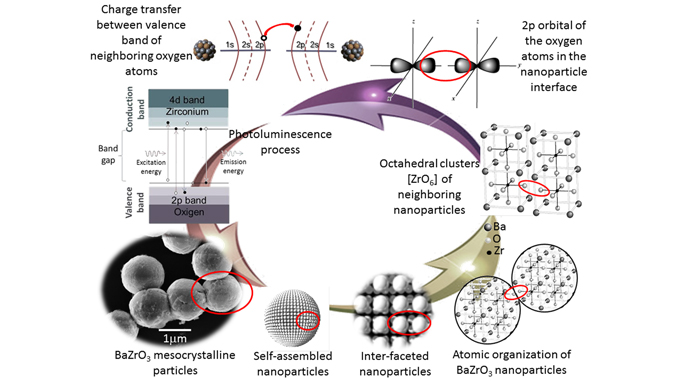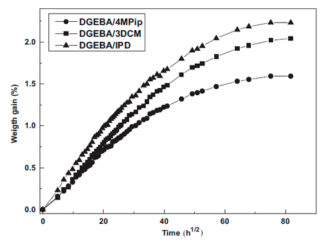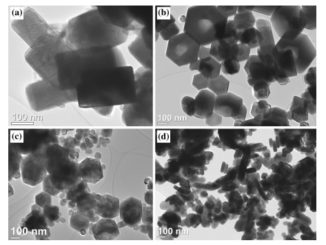
Writers: Agda E. Souza and Guilherme S. Sasaki and Sabrina A. Camacho and Silvio R. Teixeira and Maximo S. Li and Elson Longo
Keywords: BZT; Photoluminescence; Defects; Charge transfer
Abstract: In this work, BZT (Ba (ZrxTi1−x)O3), composite ceramic powder with x=0, 0.25, 0.50, 0.75 and 1 (mol) was prepared by the microwave-assisted hydrothermal method. The structural, morphological and optical properties of the compounds were determined by XRD, SEM, Raman, UV–vis and photoluminescence analysis. The results showed that the stability of the BZ phase was strongly influenced by the isomorphic Zr/Ti substitution, and that the BZ sample had the greatest structural order for short and long distances compared to the other. The BZT ceramic composite showed optical behavior also influenced by the concentration of Zr, resulting in a growing photoluminescence emission with increasing Zr ion in the network. The BZ sample showed higher photoluminescent intensity in a region including the entire visible spectrum. Although the effect of photoluminescence in these materials is dependent on the presence of defects, which produce excitons for radiative recombination, in the BZ compound, there might have been other effects causing the intense photoluminescence. In this case, high emission is associated with the a charge transfer between neighboring clusters [ZrO6] in a nanoparticle surface interface, which in turn are joined to form BZ mesocrystals on a micrometer scale. The photoluminescence observed in the BZT compound had a predominantly white color, a feature that gives it high potential for applications in white light-emitting devices.




